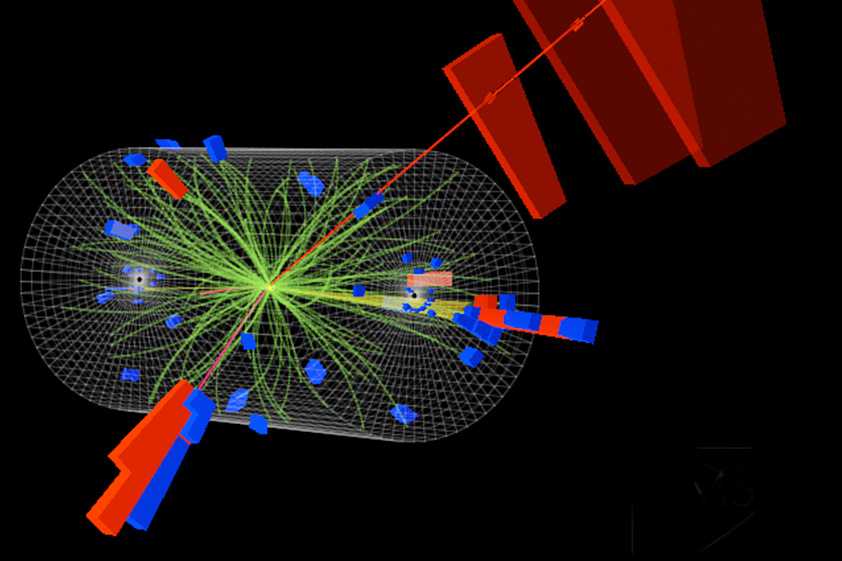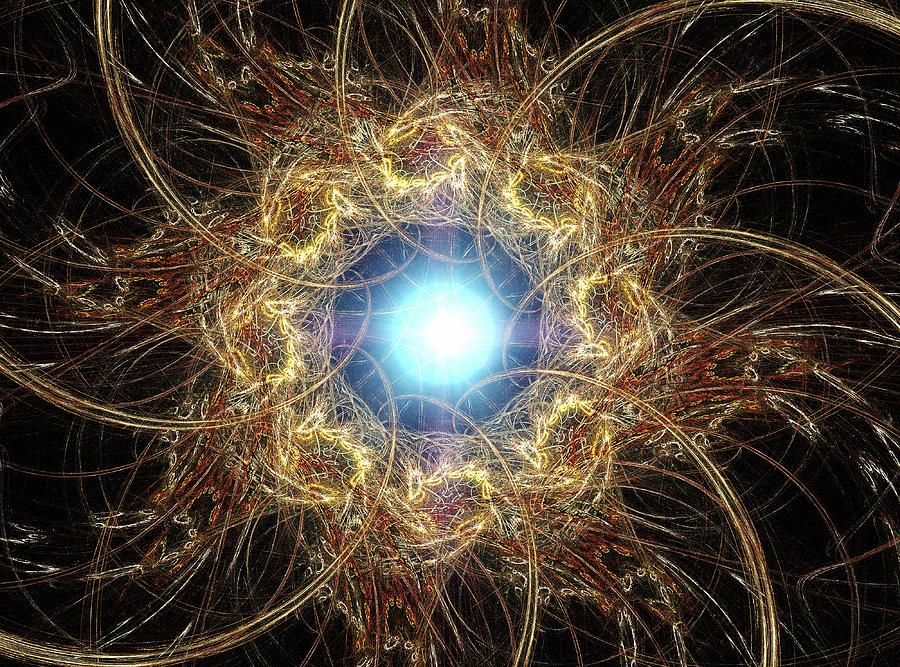

In the Standard Model, the Higgs boson has no spin (“0”) and “even” parity. Spin is the intrinsic spatial orientation of quantum particles, and parity refers to whether the properties of the particle remain the same when some of its spatial coordinates are flipped, like comparing the particle with a hypothetical mirror image. The identification of two quantum-mechanical properties of the particle – quantum spin and parity – gave credence to the Standard-Model interpretation.

So for the first few months after the discovery, it was referred to as Higgs- like, shorthand for “a particle that seems to behave like the Higgs boson predicted by the Standard Model but we need more data to be sure”. And with good reason: while the simplest theoretical formulations required there to be only one kind of Higgs boson, some extensions of the Standard Model proposed that there could be as many as five kinds of bosons that are involved in the mass-giving mechanism.

Back in July 2012, physicists were cautious about calling the new particle a Higgs boson, let alone the Higgs boson predicted by the Standard Model of particle physics. This understanding is built up gradually over time. “When you find something new, you have to understand exactly what it is that you have found,” remarks Giacinto Piacquadio, one of the conveners of the ATLAS collaboration’s Higgs group For particle physics, it was the beginning of a new one. After those long years filled with anticipation, it only took the Swedish Academy of Sciences a little over one year to award Englert and Higgs the 2013 Nobel Prize in Physics.įor Peter Higgs, the discovery of the Higgs boson was the end of a remarkable journey. More than 30 years had elapsed since the LHC was first conceived and around 20 years since the ATLAS and CMS collaborations were formed. It had been 48 years since the publication of his paper that first predicted the existence of the particle that bears his name, not long after Robert Brout and François Englert proposed a new mechanism that would give mass to elementary bosons. 4 July 2012: François Englert (left) listens as Peter Higgs speaks, after ATLAS and CMS announce their discovery (Image: Maximilien Brice/CERN) The CMS and ATLAS collaborations had just announced the discovery of a new, Higgs-boson-like particle at the Large Hadron Collider. “For me, it’s an incredible thing that it happened in my lifetime!”


 0 kommentar(er)
0 kommentar(er)
